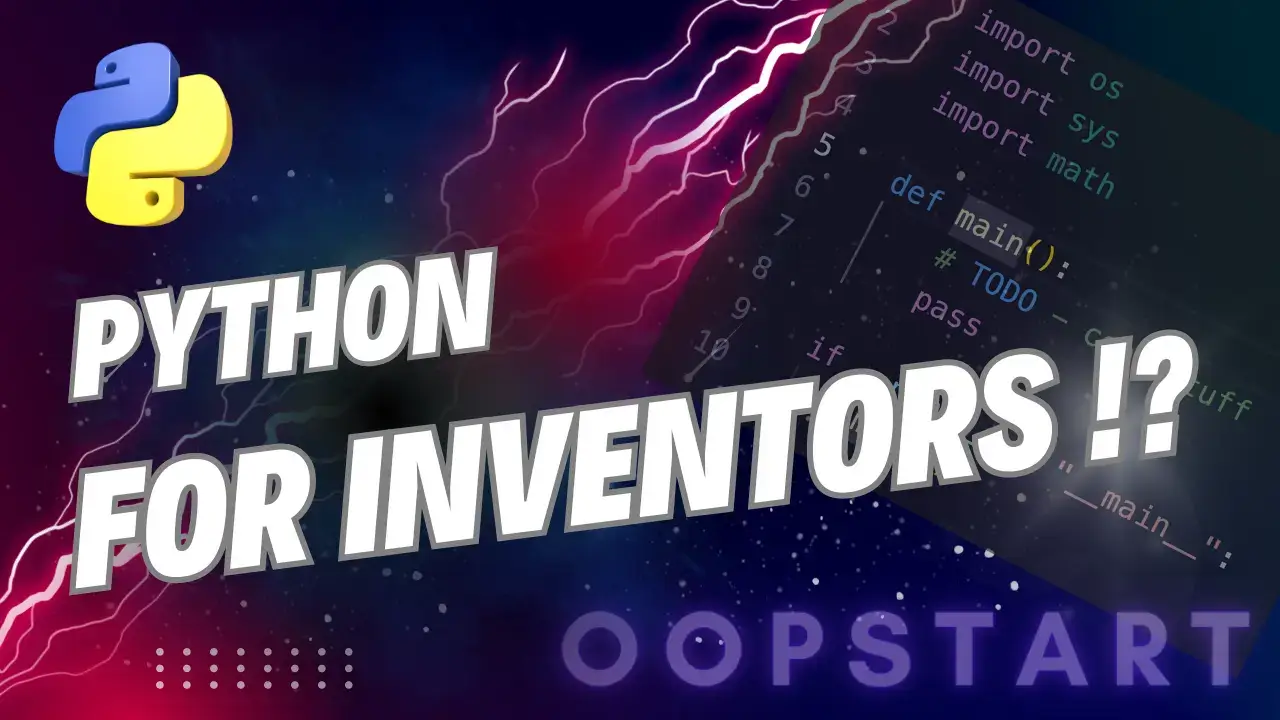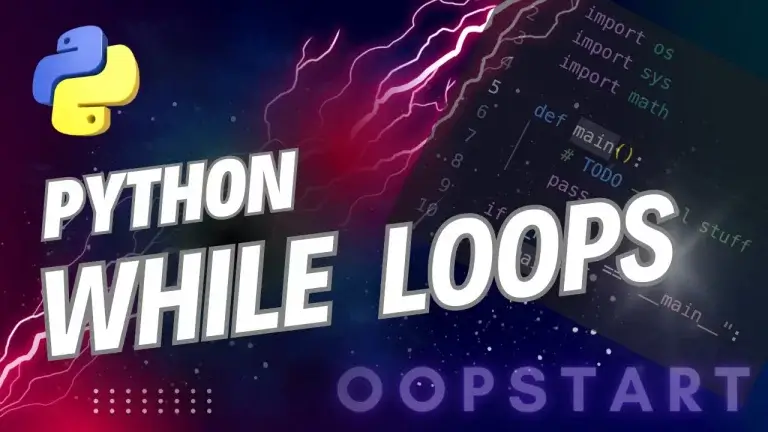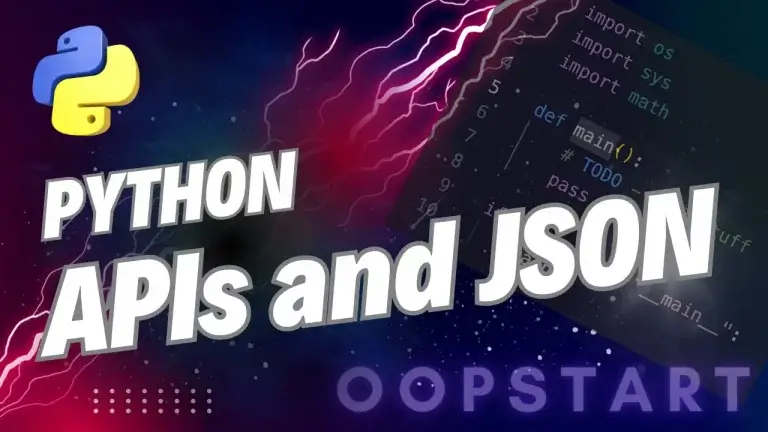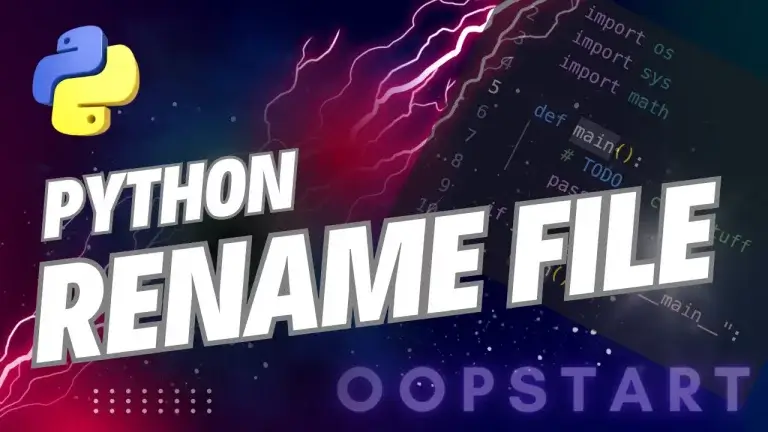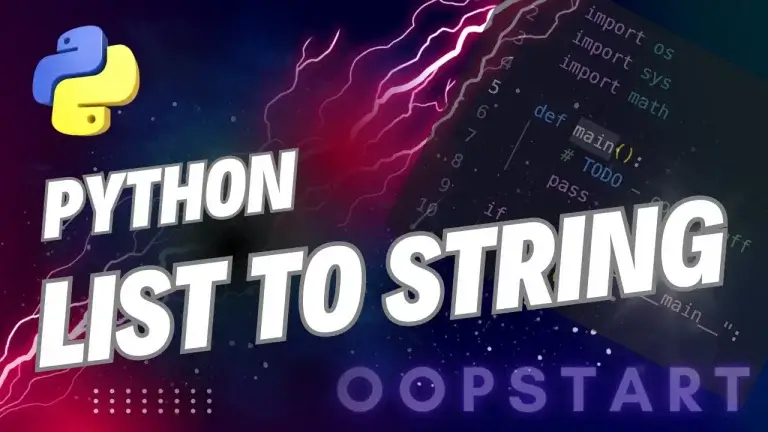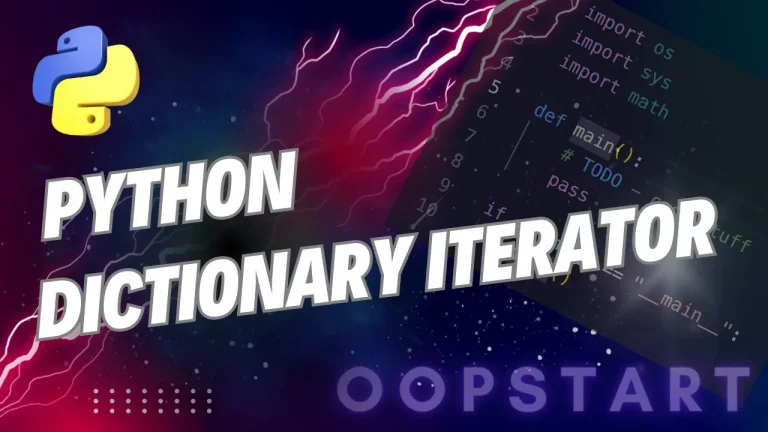Python for Inventors?
Most new inventions have a software component, but it be very expensive to develop.
So, why not write your own?
In this article, we’ll explore why you should consider learning Python for your next project. We’ll look at how it can accelerate your timeline, save you money, and even unlock new possibilities.
Table of Contents
Python is Simple
For inventors, the key to success often lies in quickly moving from concept to execution. The last thing a creator needs is to get lost in the weeds figuring out the syntax of a complicated programming language, or to spend hours debugging obscure errors.
This is where Python shines – it’s one of the main reasons it is the go-to for so many.
Makers Love to KISS
Makers are focused on building, testing, and refining their inventions. They don’t want to be wrestling complex code. They like to…
(K)eep (I)t (S)imple, (S)t*pid!
…and python’s clean, readable syntax allows creators to spend more time inventing and less time fixing and deciphering code. Python is perfect for rapid development.
Beginner-Friendly
Python is often praised for being easy to to learn – a big win if you don’t have a computer science degree. For self-taught makers and hobbyists (like me), Python allows us to jump right in, and make something amazing with just a few lines of code.
Learning Curve
Python is also powerful for advanced users, too. You can start small with simple projects like controlling LEDs or reading sensors and then expand them into more complex builds like robotics or IoT communicating devices.
This makes Python a fantastic long-term tool – you can grow your projects to production without needing to learn other programming languages.
Python for Everyone
Python opens doors for creators coming from diverse fields: Science, Technology, the Arts (that’s the “S”, “T”, and “Art” in OOPSTART!) Python lowers the barrier to entry – anyone can start experimenting, and bring their ideas to life.
Python is Everywhere
Whether you’re developing a DIY IoT device, programming a robot, building a web application to support your invention, or even writing a full desktop application or game (yep, you can even do that), you can use Python to get the job done.
This flexibility allows inventors to work across multiple domains without learning a new language for every other part of their project.
Python on Raspberry Pi
The Raspberry Pi is an enormously popular single-board computer that allows creators to prototype and build a wide range of projects, from home automation systems to small robots, and Python is often at the core of these builds with a broad set of libraries making it easy to control hardware, such as sensors, motors, and displays.
Python In the Internet-Of-Things (IoT)
The Internet of Things (IoT) is revolutionizing how devices interact with each other, and Python plays a significant role in this movement. Python’s libraries, like Flask and MQTT make it easy to create IoT systems that can communicate and respond to real-time data.
Whether you’re building a smart home system or a network of connected sensors, Python’s adaptability ensures that your IoT devices interact effortlessly and scale to meet complex requirements.
Python For Robotics & AI
One of Python’s most attractive features is its ability to work across a wide range of domains without compromising performance. Makers can use Python to write a web app that controls their invention, then switch to using it for robotics, AI, or even game development.
So, whether you’re designing a webserver, processing data, or controlling a robotic arm, Python gives you the power to do it all.
Python On All Platforms
Python’s cross-platform nature makes it even more appealing for creators working on various devices. Whether you’re coding on Windows, macOS, or Linux, Python ensures compatibility across all platforms, allowing you to run the same code on different hardware.
Python’s Libraries and Community
One of the most powerful aspects of Python is its extensive ecosystem of libraries and the strong community that backs it. Makers, creators, and inventors benefit from having easy access to pre-built tools, code snippets, and resources that can save time and streamline the development process.
Whether you’re building a robot, working with data, or developing a new IoT device, Python’s rich library offerings and active community provide everything you need to bring your ideas to life.
Access to Powerful Libraries
Python boasts an extensive ecosystem of libraries for almost every application and domain. These libraries are pre-written, reusable code modules that allow you to integrate complex capabilities without reinventing the wheel. Here’s a list of some popular libraries among makers:
- OpenCV: For computer vision, object detection, and video processing.
- TensorFlow and Keras: For AI projects.
- PySerial: For communication between Python and microcontrollers like Arduino.
- Pygame: Game and simulator development
- RPi.GPIO and GPIO Zero: Essential for controlling Raspberry Pi’s GPIO pins, allowing makers to interact with sensors, motors, LEDs, robotic control, etc.
These libraries make it easy for makers to add advanced functionalities to their projects, whether they are working with hardware or software, reducing development time and complexity.
Active and Supportive Community
The Python community is huge. Whether you’re a beginner or an experienced developer, there’s always someone willing to share knowledge, or help troubleshoot a problem.
There are countless free resources available online, from official documentation to tutorials, examples, code repositories and forums.
- Online tutorials and guides: Websites like Stack Overflow, GitHub, and Reddit are full of Python-related discussions where makers can find answers to almost any question.
- Maker-focused resources: Blogs, YouTube channels, and maker communities offer step-by-step guides and project ideas specifically tailored for creators using Python.
- Forum discussions: The Python community is highly active on forums, making it easy to get quick answers to technical problems, find collaborators, or get feedback on your projects.
This level of support makes it even easier for creators to get started with Python and build successful projects without getting stuck for long periods of time.
Abundant Resources for Learning
For makers who are just starting out with Python or even advanced users looking to expand their skills, there are countless resources available to learn the language. From free tutorials to online courses and in-depth books, Python’s learning ecosystem is unmatched.
- Free online courses: Websites like Coursera and Codecademy offer free Python tutorials specifically designed for beginners and creators.
- YouTube channels: Popular maker channels often focus on Python projects, where you can get hands-on guidance for building robots and machines, IoT devices, etc..
- Project-based learning: Python developers often publish on code repository platforms such as GitHub, GitLab and BitBucket.
So, whatever your learning style, there’s al kinds of opportunities to can get up to speed quickly.
Conclusion
It’s not accident that makers, creators and inventors use Python so often. The simplicity, versatility, and robust community support makes it a no brainer, especially if you’re just getting started.
So whether, you’re working with electronics, complex AI or computer vision, Python has easy-to-use tools that can help you succeed.
Python enables creators to explore a wide range of possibilities without the hurdles of complex syntax or steep learning curves. Its ability to work across multiple platforms and integrate seamlessly with emerging technologies makes it ideal for rapid prototyping and scaling projects into real-world applications.
FAQ
Q1: Aren’t you biased because you’re a Python developer?
It might surprise you that I’m not – at least I don’t consider myself a Python expert. My core skills are C++ and Mathematics but I’d be foolish to ignore all those cool libraries. Thanks for the question 🙂
Q2: Is Python fast enough for real-time applications in hardware projects?
A2: OK, so Python is not traditionally known for its real-time performance (as it’s an interpreted language), but in practice it’s fast enough for most maker projects, like home automation, IoT, and simple robotics. If you need more real-time performance (e.g., precise motor control or high-frequency data acquisition), pairing Python with faster, compiled languages like C++ for specific tasks can be a good solution.
Q3: What are some examples of successful projects built with Python and Raspberry Pi?
A3: There are countless successful projects built using Python and Raspberry Pi, including:
- Smart mirrors that display the time, weather, and news using Python scripts.
- Home security systems with Python-based motion detection and live camera feeds.
- IoT weather stations that track temperature and humidity using Python and send data to the cloud.
- Voice-controlled assistants powered by Python and Raspberry Pi, integrating voice recognition libraries.
Q4: How can I debug Python code effectively in hardware projects?
A4: Debugging Python code in hardware projects is similar to software debugging but requires attention to both the code and hardware setup. Here are some tips:
- Use print() statements liberally to track variable values and process flows.
- Leverage Python’s built-in debugging tools, like the
pdbmodule, to set breakpoints and inspect code execution step-by-step. - For Raspberry Pi projects, use the Thonny IDE, which has an integrated debugger and is specifically designed for beginner-friendly Python development.
- Ensure your hardware connections are stable and correct, as hardware errors can sometimes be mistaken for coding issues.
Q5: Can I scale my Python projects from hobbyist prototypes to production-ready inventions?
Yes, many makers and inventors start with Python for prototyping because of its simplicity and speed. Once your project grows in complexity or requires higher performance, you can either optimize your Python code or integrate it with other languages and technologies (e.g., Python for control logic and C++ for performance-critical tasks).
Q6: What are the main differences between Python and other maker-friendly languages like C++ or JavaScript?
- Python: Known for simplicity and ease of use, making it great for beginners and rapid prototyping.
- C++: Offers more control over hardware and memory management, making it ideal for performance-critical tasks (e.g., in robotics and embedded systems), but it has a steeper learning curve.
- JavaScript: Mainly used for web-based projects and front-end interfaces. While it’s not as commonly used in hardware development, JavaScript (Node.js) can be integrated with Python in IoT projects to handle server-side processing or real-time web communication.
Q7: Is Python good for integrating AI into maker projects?
Yes! Python is an excellent language for adding artificial intelligence (AI) to maker projects due to its powerful libraries like TensorFlow, Keras, and OpenCV. You can easily integrate machine learning models for tasks such as face recognition, object detection, or voice control in your projects.
Q8: Can I use Python to build mobile apps that interact with my hardware projects?
OK, Python is not typically used for native mobile app development, but there are frameworks like Kivy and BeeWare that allow you to create mobile applications using Python. They allow you to interact with your hardware projects (e.g., via web APIs or Bluetooth) built using Python. Personally, I don’t use Python for mobile Apps, I roll with C++ and SDL.
Q9: How secure is Python for IoT projects?
The can be as secure as you want them to be (or not). Python has libraries for encryption and secure communication. You can use Flask for web applications or MQTT for IoT messaging . Bear in mind that, IoT security, or any security for that matter, is more about how the system is designed (e.g., encryption, authentication) than the language itself. Python is versatile enough to support best security practices.
Q10: How can Python’s community help me if I have problems with my project?
If you run into problems, you can:
- Search for solutions on platforms like Stack Overflow or Reddit, where Python-related issues are discussed extensively.
- Contribute to or explore GitHub repositories for similar projects to find inspiration or working solutions.
- Join maker communities where Python is commonly used, such as Raspberry Pi forums, where members often share tutorials, troubleshoot issues, and offer guidance on specific projects.

